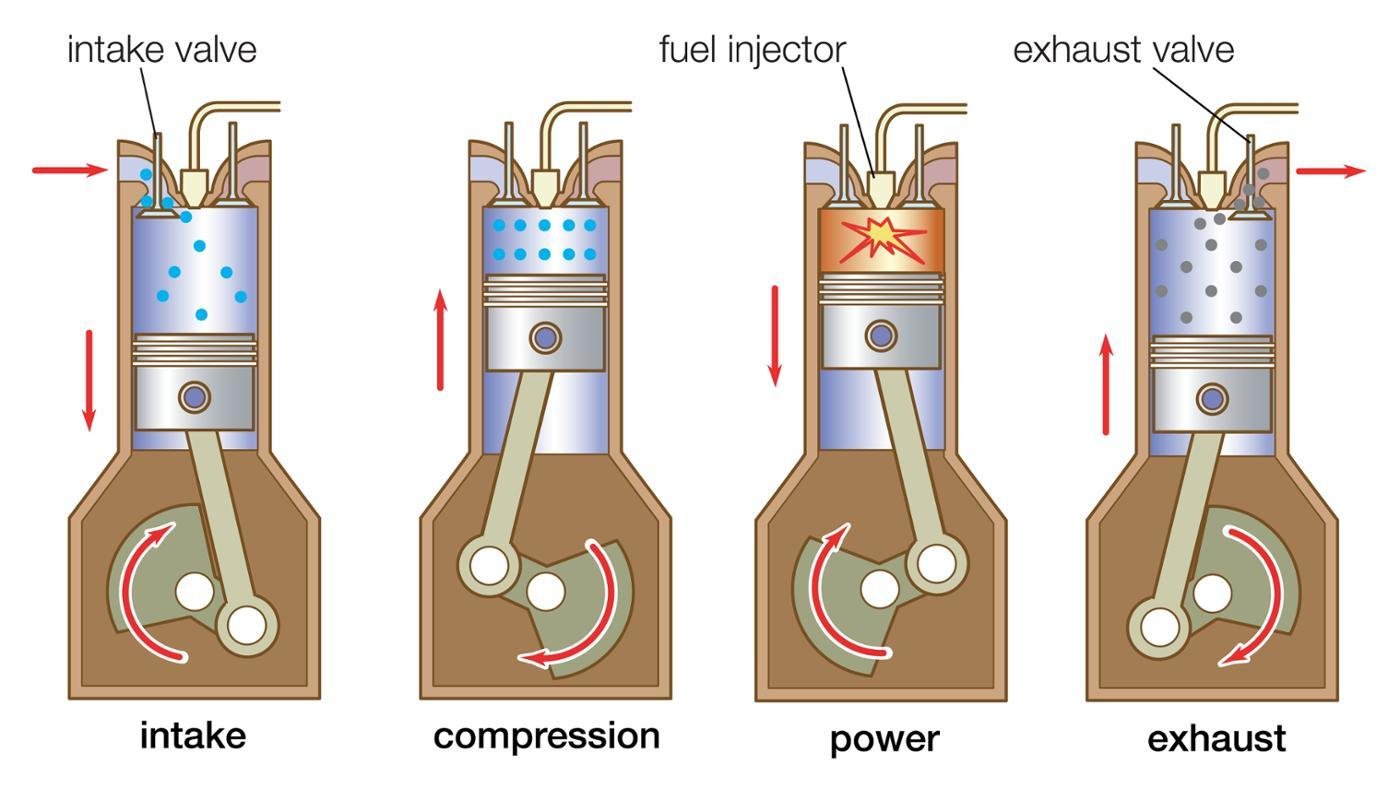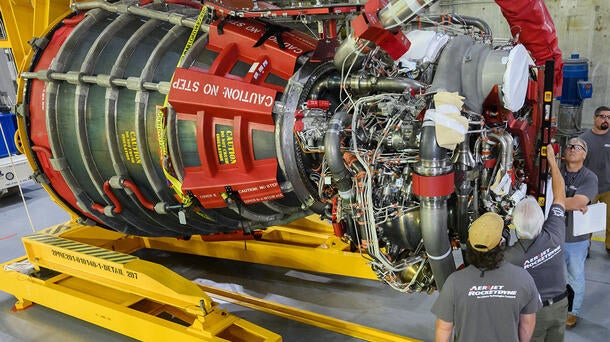The Quest for Ultimate Driving Power: Checking Out the Pinnacle of Engine Performance and Technological Developments in the Automotive Field
In the world of automobile design, the search of optimum driving power has been a ruthless quest that has actually unfolded through the development of engine style and the integration of advanced modern technologies. From the meticulous craftsmanship of burning engines to the fast improvements in electric propulsion systems, the automobile industry stands at the cusp of a new period characterized by unprecedented efficiency abilities. As scientists and designers dig much deeper into the worlds of computational fluid dynamics and discover cutting-edge fuel modern technologies, the perspective of possibilities expands greatly. Keep tuned as we decipher the elaborate tapestry of technological innovations that are forming the future of vehicle power and performance.
Evolution of Engine Layout

In addition, the combination of turbocharging and supercharging technologies has actually revolutionized engine design by increasing power without considerably enhancing engine dimension. These forced induction systems compress the consumption air, enabling for more gas to be combusted, thereby creating greater power output from a smaller engine. This development has actually been especially essential in improving the performance of smaller displacement engines while preserving fuel efficiency requirements.

Performance-Enhancing Fuel Technologies
The execution of innovative gas technologies has dramatically added to enhancing engine efficiency in modern-day cars. From standard gasoline and diesel to ingenious biofuels, artificial fuels, and hydrogen, the auto market is experiencing a revolution in gas options. Biofuels, stemmed from eco-friendly resources like algae, corn, or sugarcane, deal improved and lowered discharges engine performance. Artificial gas, created with chemical processes, offer high octane scores, enhancing power result. Hydrogen fuel cells, although still in the very early stages of adoption, reveal terrific assurance due to their zero-emission nature and potential for high efficiency. Additionally, fuel ingredients and cleaning agents are being created to clean engine elements, enhance burning, and decrease friction, therefore boosting overall car performance. With ongoing research study and advancement, the mission for the supreme driving power proceeds, as designers aim to open the full potential of performance-enhancing gas innovations in the auto market.
Advancements in Electric Propulsion
Substantial strides in electrical propulsion innovation have actually reinvented the automotive industry, paving the way for a new era of effective and lasting transport. Electric lorries (EVs) are acquiring popularity due to their environmental advantages and advancements in battery innovation, making it possible for longer driving arrays and much shorter charging times. Suppliers are investing greatly in research study and development to improve the efficiency of electrical propulsion systems, concentrating on boosting power output, boosting power effectiveness, and lowering general weight.
One remarkable development in electric propulsion is the advancement of advanced electrical motors that supply higher torque and power her comment is here density, resulting in Find Out More enhanced velocity and general driving efficiency. Furthermore, regenerative braking systems have been refined to save and record energy during deceleration, further increasing the performance of EVs.
Additionally, the combination of clever modern technologies, such as expert system and anticipating analytics, is maximizing the administration of electrical propulsion systems, making certain optimum efficiency under numerous driving conditions. These innovations in electric propulsion are improving the auto landscape, driving the sector towards a more sustainable and amazed future.
Effect of Computational Fluid Characteristics
With improvements in electric propulsion pushing the boundaries of vehicle modern technology, the combination of Computational Liquid Dynamics is playing an essential function in enhancing aerodynamic efficiency and enhancing general effectiveness in car layout. Computational Fluid Characteristics (CFD) involves making use of computer system simulations this website to evaluate the flow of air around a car, enabling engineers to predict exactly how design adjustments will affect the rules of aerodynamics without the demand for costly physical models. By precisely modeling airflow patterns, CFD enables the improvement of vehicle shapes to lower drag, enhance cooling, and boost security.
CFD allows designers to enhance air movement around elements such as radiators, engine bays, and wheel wells, adding to enhanced performance and total driving experience. In final thought, the integration of Computational Fluid Dynamics stands for a considerable step onward in the pursuit for ultimate driving power and efficiency in the automotive market.
Future Patterns in Engine Innovation
In the dynamic landscape of automobile engineering, cutting-edge improvements are shaping the future trajectory of engine innovation. The future of engine style is marked by a strong emphasis on sustainability, performance, and efficiency. Makers are increasingly concentrating on developing engines that not only deliver high power results however additionally prioritize environmental duty by decreasing emissions and enhancing fuel efficiency.
One prominent fad in engine development is the surge of electrification. Hybrid and electric powertrains are obtaining grip as practical options to standard burning engines. These modern technologies use the capacity for considerable reductions in carbon emissions and boosted power efficiency, straightening with global efforts to deal with environment change.
In addition, developments in materials scientific research and production methods are making it possible for the production of lighter and more durable engine parts. This change in the direction of light-weight products such as carbon fiber and aluminum alloys contributes to boosted performance and gas economic situation.
Verdict
Finally, the quest of supreme driving power in the auto field continues to drive improvements in engine design, fuel modern technologies, electric propulsion, and computational liquid dynamics. The advancement of these modern technologies is shaping the future of engine development, leading the way for much more effective and effective automobiles (engines for africa). As the sector remains to press the borders of what is feasible, we can expect to see also more innovative advancements in the pursuit for peak efficiency
One of the key milestones in engine layout evolution is the transition from traditional carbureted engines to modern-day fuel-injected systems. By exactly metering the fuel shipment to each cylinder, fuel-injected engines enhance burning, resulting in much better efficiency and reduced ecological effect.
In addition, the assimilation of turbocharging and supercharging innovations has revolutionized engine style by improving power without substantially increasing engine dimension (engines for africa).The implementation of sophisticated fuel technologies has actually dramatically added to improving engine efficiency in contemporary automobiles. In addition, gas ingredients and detergents are being developed to clean engine elements, optimize combustion, and decrease friction, therefore boosting general automobile efficiency